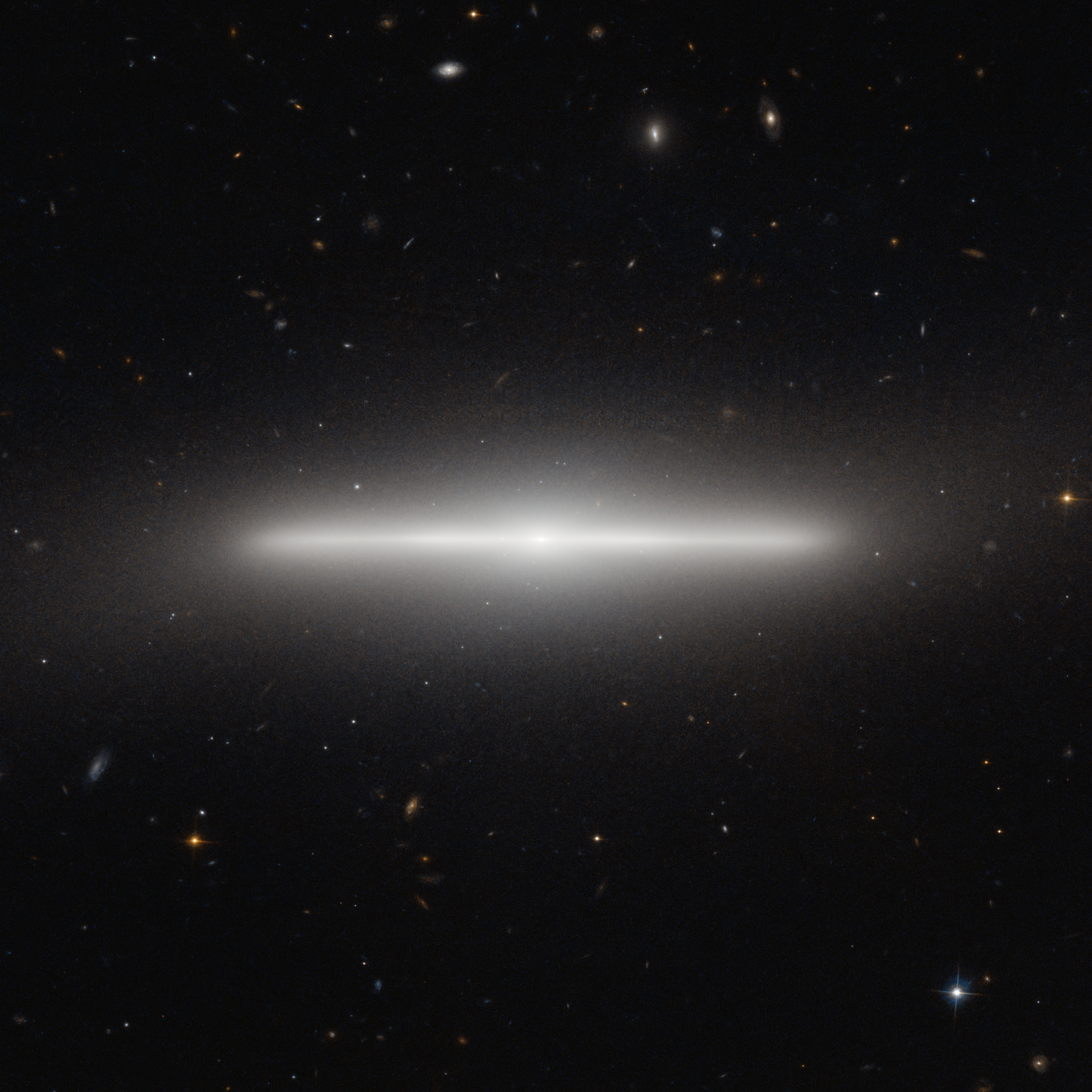Please login in order to download photos in full size
If you are not registered, please register for free: www.Free-Photos.biz/register
Please note to download premium images you also need to join as a free member..
You can also save the photos without the registration - but only in small and average sizes, and some of them will have the site's watermark. Please simply click your right mouse button and save the image.
Please login in order to like photos
If you are not registered, please register for free:
Sorry, non-members can download up to 1100 full-size photos per month.
It looks like you have used up your limit.
Free members can download an unlimited number of full-size photos - including the premium free photos.
Join as a member today for FREE! - and download the images without limitations:
www.Free-Photos.biz/membership.php
You can also save the images without the membership - but only in small and average sizes, and some of them may have the site's watermark. Please simply click your right mouse button and save the image.

|
This is a premium free photo
This photo was viewed 2 times and was downloaded in full size 2 times.
This photo was liked 0 times
If you are a member, please login in order to see the source link of the above image.
Summary
| Description |
English: The NASA/ESA Hubble Space Telescope has imaged a striking galaxy called NGC 4452, which appears to lie exactly edge-on as seen from Earth. The result is an extraordinary picture of billions of stars observed from an unusual angle. The bright nucleus can be seen at the centre, along with the very thin disc that looks like a straight line from our unusual viewing position. To complete the picture, a hazy halo of stars on the periphery of the galaxy makes it seem to glow.
NGC 4452 was first seen by William Herschel in 1784 with his 47 cm telescope in England. He described the object as a bright nebula, small and very much elongated. The new Hubble image shows just how elongated this unusual object really is. Galaxies are like star cities, and typically contain many billions of stars. The American astronomer Edwin Hubble, after whom the Hubble Space Telescope is named, was the first person to prove that there are other galaxies beyond our own by measuring their distances. This work, done in the 1920s, forever changed our view of the Universe. Galaxies also belong to collections that are called galaxy clusters. NGC 4452 is part of the Virgo Cluster, so-called because many of its members appear in the constellation of Virgo (the Maiden). This enormous grouping is approximately 60 million light-years distant and contains around 2000 galaxies. It is thought that the Local Group of galaxies, to which our own Milky Way belongs, is on the fringes of the Virgo Cluster, and at some point in the far future the Local Group may be pulled slowly into the Virgo Cluster by the force of gravity. Large numbers of much more remote, faint galaxies, far beyond NGC 4452 and the Virgo Cluster, appear in the background of this image. This picture of NGC 4452 was created from images taken using the Wide Field Channel on Hubble’s Advanced Camera for Surveys. This picture was made from images through blue (F475W, coloured blue) and near-infrared (F850LP, coloured red) filters. The exposures times were 750 s and 1210 s respectively. The field of view extends over 2.6 arcminutes. |
|||
| Date | ||||
| Source | https://www.spacetelescope.org/images/potw1029a/ | |||
| Author | ESA/Hubble & NASA | |||
| Permission (Reusing this file) |
|
Licensing
| This file is licensed under the Creative Commons Attribution 3.0 Unported license. | ||
|
Public Domain
| EXIF data: | |
| File name | ngc_4452.jpg |
|---|---|
| Size, Mbytes | 6.1067021484375 |
| Mime type | image/jpeg |
While the copyright and licensing information supplied for each photo is believed to be accurate, Free-Photos.biz does not provide any warranty regarding the copyright status or correctness of licensing terms. If you decide to reuse the images from Free-Photos.biz, you should verify the copyright status of each image just as you would when obtaining images from other sources.
The use of depictions of living or deceased persons may be restricted in some jurisdictions by laws regarding personality rights. Such images are exhibited at Free-Photos.biz as works of art that serve higher artistic interests.
PRIVACY POLICY
By registering your account and/or by subscribing to new and newly rated photographs you agree we may send you the links to photos and we may occasionally share other information with you.
We do NOT disclose your personal data.



